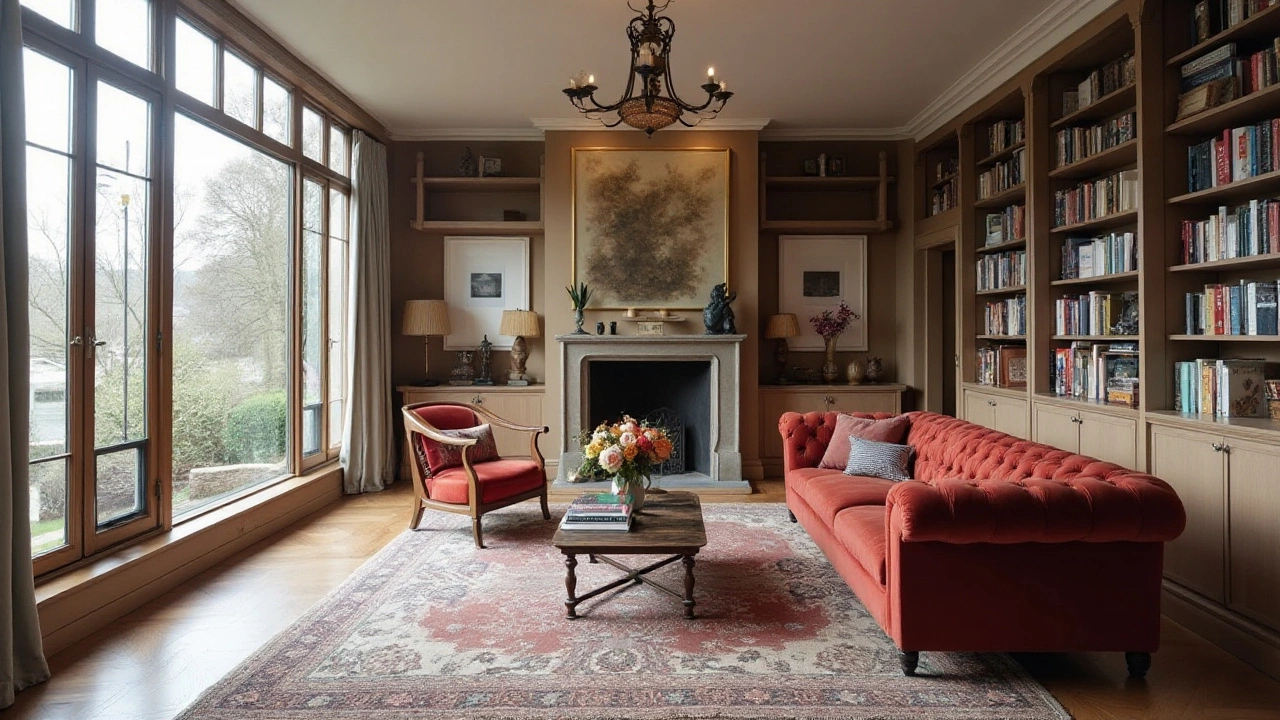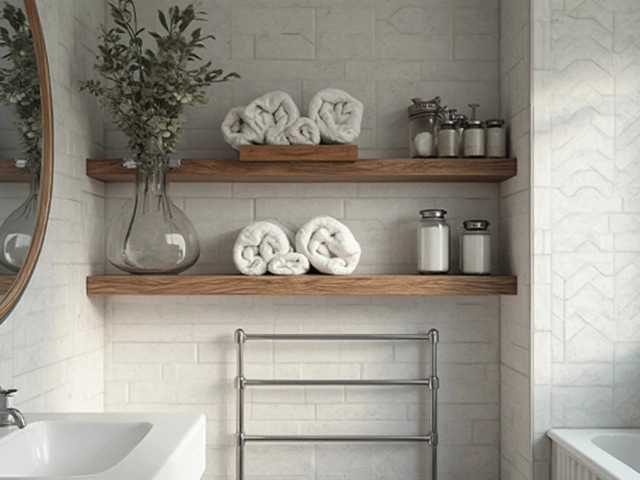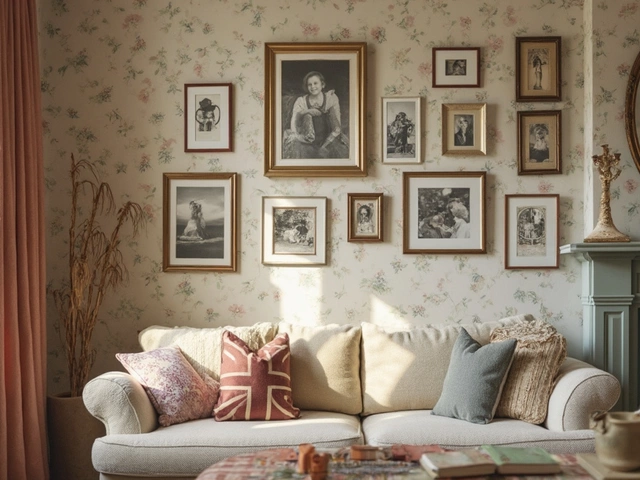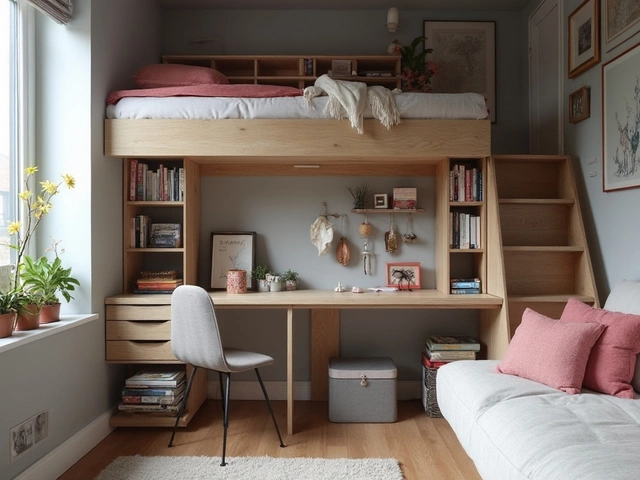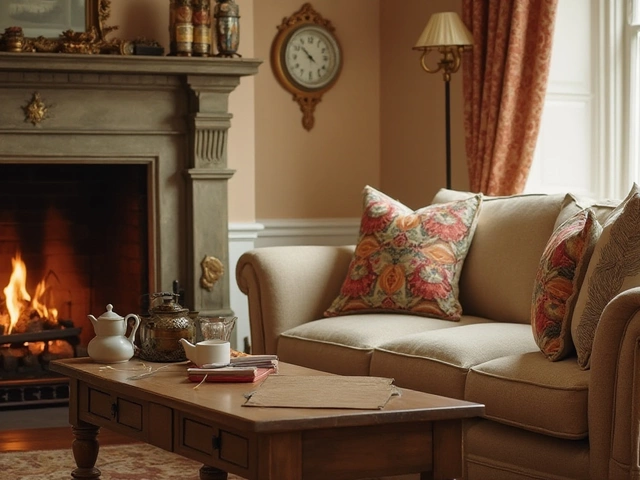Design Skills: Boost Your Home Styling Game
Want to make your home look fresh without hiring a pro? It’s all about the basics – understanding colour, balance, texture and how to use space. Below you’ll find simple ideas you can start using today, plus a quick rundown of the most useful guides on our site.
Core Skills Every DIY Designer Needs
First up, colour. Pick a base shade you love – neutrals like soft grey or warm beige work for almost any room. Then add a pop of colour with cushions, art or a statement lamp. Keep the ratio about 60‑30‑10: 60% dominant colour, 30% secondary, 10% accent. This trick stops the room from feeling chaotic.
Next, balance. Imagine the room as a seesaw. If you put a heavy sofa against one wall, balance it with a tall plant, a lamp or a piece of art on the opposite side. You don’t need exact symmetry, just a visual give‑and‑take.
Texture is the unsung hero. Mix smooth fabrics with rough wood, glossy metal with cozy wool. When you combine at least three different textures, the space feels richer and more inviting.
Finally, space planning. Measure the floor, then mark the biggest pieces on the carpet with newspaper. Walk around – if you can’t move comfortably, the layout needs tweaking. A good rule is to leave at least 60 cm of walking space between furniture.
Explore Our Top Design Guides
Looking for deeper dives? Check out these posts, all tagged “design skills”:
Modern Decor Explained – Breaks down clean lines, neutral palettes and natural materials. Great for beginners who want a sleek look.
DIY Couch Cushion Foam Replacement – Shows how to pick the right foam density and gives a step‑by‑step refill guide for Aussie homes.
Luxury Vinyl Plank Flooring and Home Value – Explains when LVP helps resale and when it doesn’t, so you can decide if it’s worth the investment.
Easy Living Room Wall Decor Ideas – Offers budget‑friendly tricks like gallery walls, removable stickers and simple art frames.
How to Decorate a Room: Step‑by‑Step Guide – Walks you through planning, ordering, and finishing touches without overwhelming you.
Each article includes practical checklists, budget ideas and real‑world photos from Australian homes. You can copy the steps, adapt them to your space, and see instant improvement.
Start small. Pick one room, apply the colour rule, test balance with a plant, add a new texture, and re‑measure the flow. Within a weekend you’ll notice a big shift. The more you practice, the faster you’ll spot what works and what doesn’t.
Remember, design isn’t a one‑time project. It’s a habit of tweaking, testing and enjoying the process. Use the guides, experiment with the core skills, and watch your home tell a better story.

